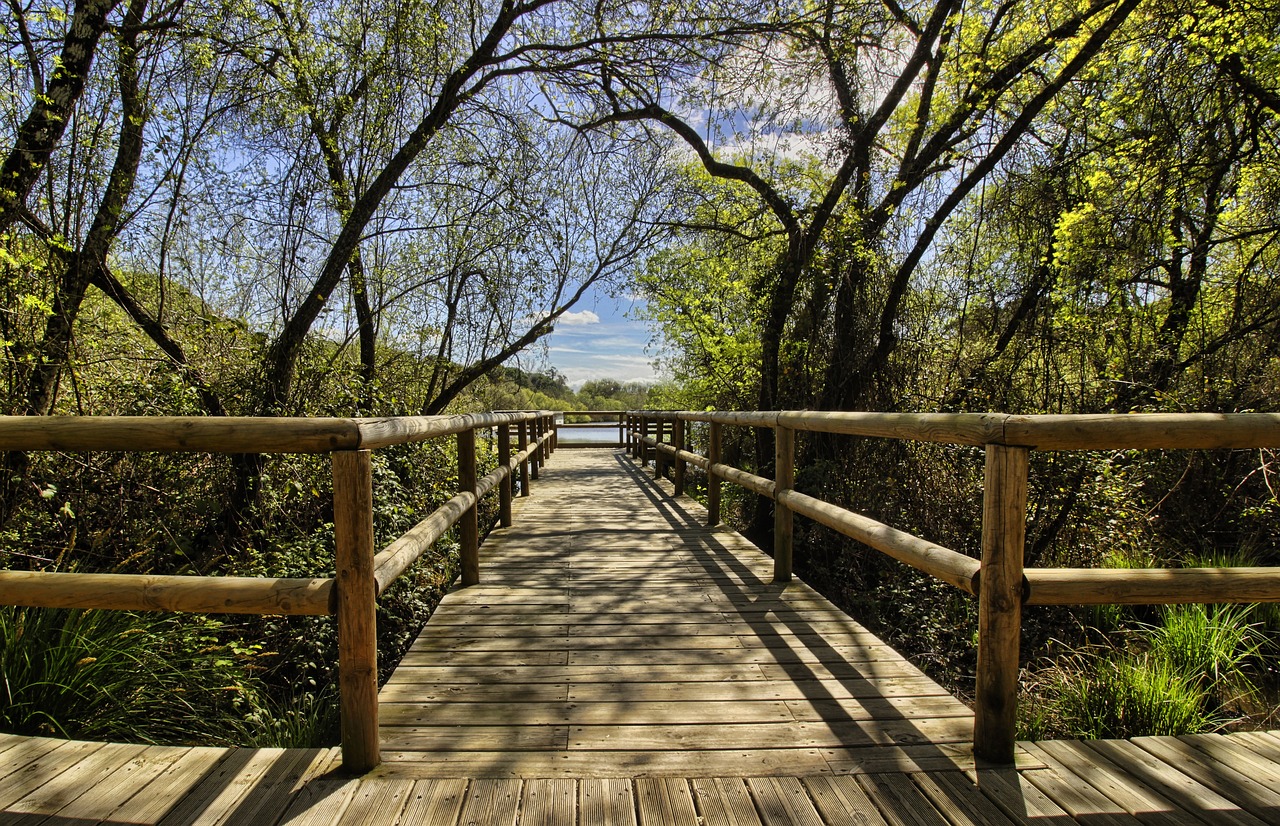Introduction
Nestled in the heart of Andalusia, the Doñana National Park stands as a testament to nature’s splendor and resilience. Spanning the provinces of Huelva, Seville, and Cádiz, this vast expanse of marshes, dunes, and forests is not just a haven for wildlife but also a symbol of Andalusian pride.
Designated as a UNESCO World Heritage Site, Doñana is one of Europe’s most important wetlands. Its strategic location between two continents, Europe and Africa, makes it a critical stopover for countless birds migrating between these landmasses. But beyond its ecological significance, the park is deeply intertwined with the cultural and historical fabric of Andalusia.
For centuries, the local communities have coexisted harmoniously with the land, drawing sustenance, and inspiration from its bounties. The park’s landscapes have inspired poets, artists, and musicians, and its festivals, like the renowned El Rocío pilgrimage, are a vibrant display of Andalusian tradition and spirituality.
Yet, Doñana is not just a local treasure. Its conservation efforts have garnered international attention and support. Organizations like the World Wildlife Fund (WWF) have been instrumental in initiatives aimed at preserving the park’s unique ecosystems (WWF Spain).
In this journey through Doñana National Park, we will delve deeper into its wonders, exploring its rich biodiversity, understanding its ecological importance, and immersing ourselves in the traditions and stories that make this Andalusian oasis truly special.
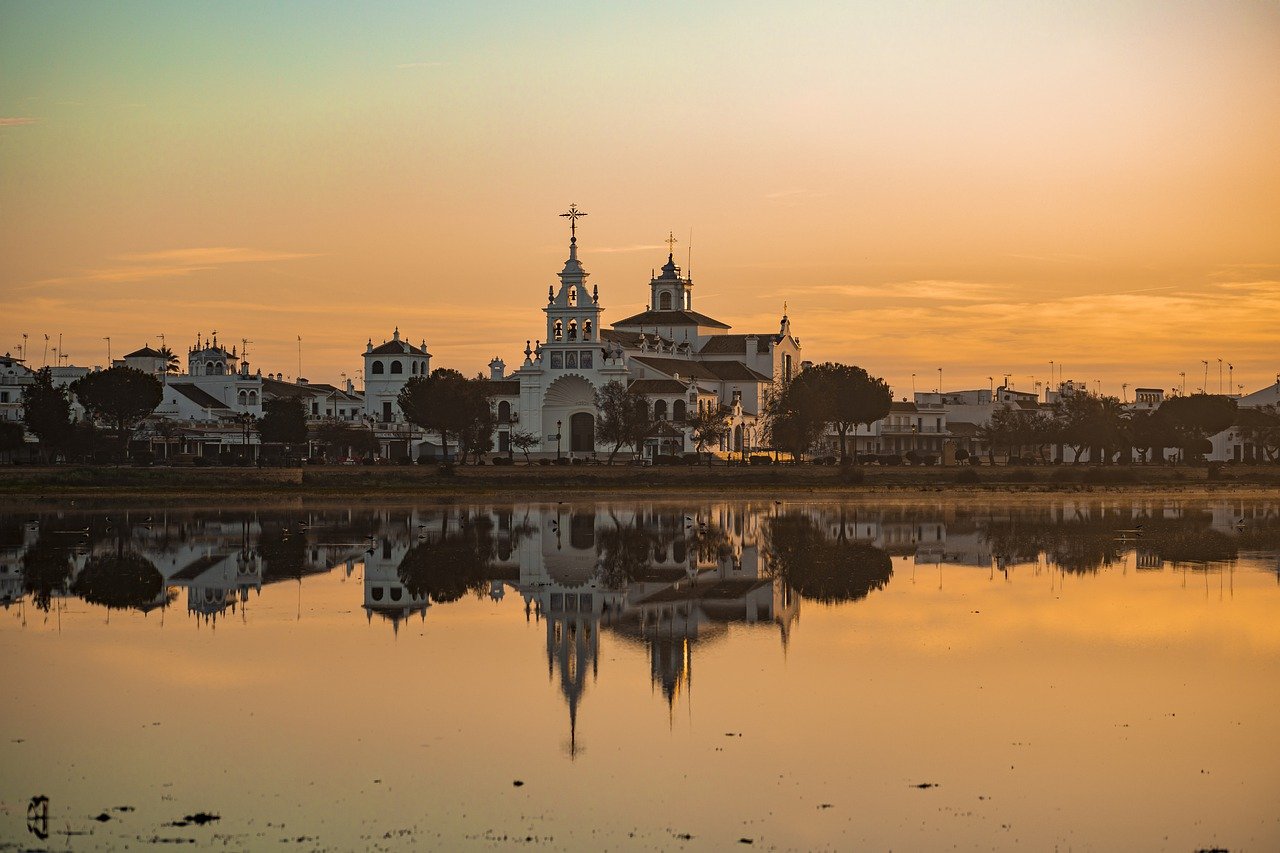
History of the Park
The Doñana National Park has a rich tapestry of history that dates back centuries, intertwined with the cultural evolution of Andalusia itself. Its name is believed to have been derived from Doña Ana de Silva y Mendoza, the wife of the seventh Duke of Medina Sidonia, who took refuge in this region in the 16th century. Over time, the area became known as the “forest of Doña Ana” or simply “Doñana.”
Initially, the vast expanse of Doñana was primarily used as hunting grounds for the Spanish nobility. Its diverse habitats, ranging from marshes and dunes to thick forests, made it a prime location for game. However, as the years progressed, the importance of conserving this unique ecosystem became evident.
In the 20th century, the urgency to protect Doñana’s biodiversity grew. The 1960s marked a significant turning point when the Spanish government, recognizing the ecological value of the region, declared a portion of Doñana as a national park. This move was further bolstered by international support, especially from the World Wildlife Fund, which played a pivotal role in acquiring land for conservation (WWF Spain).
Over the decades, the park’s boundaries expanded, and its protection status was elevated. In 1980, the park was designated a UNESCO World Heritage Site, and in 1982, it was recognized as a Biosphere Reserve. These accolades not only highlighted the park’s ecological significance on a global scale but also cemented its position as a beacon of conservation in Spain.
Today, Doñana stands as a testament to the harmonious balance between human intervention and nature’s resilience. Its history is not just a chronicle of conservation efforts but also a reflection of Andalusia’s evolving relationship with its natural heritage. As we journey through the park, the echoes of the past serve as a reminder of the timeless bond between the land and its people.
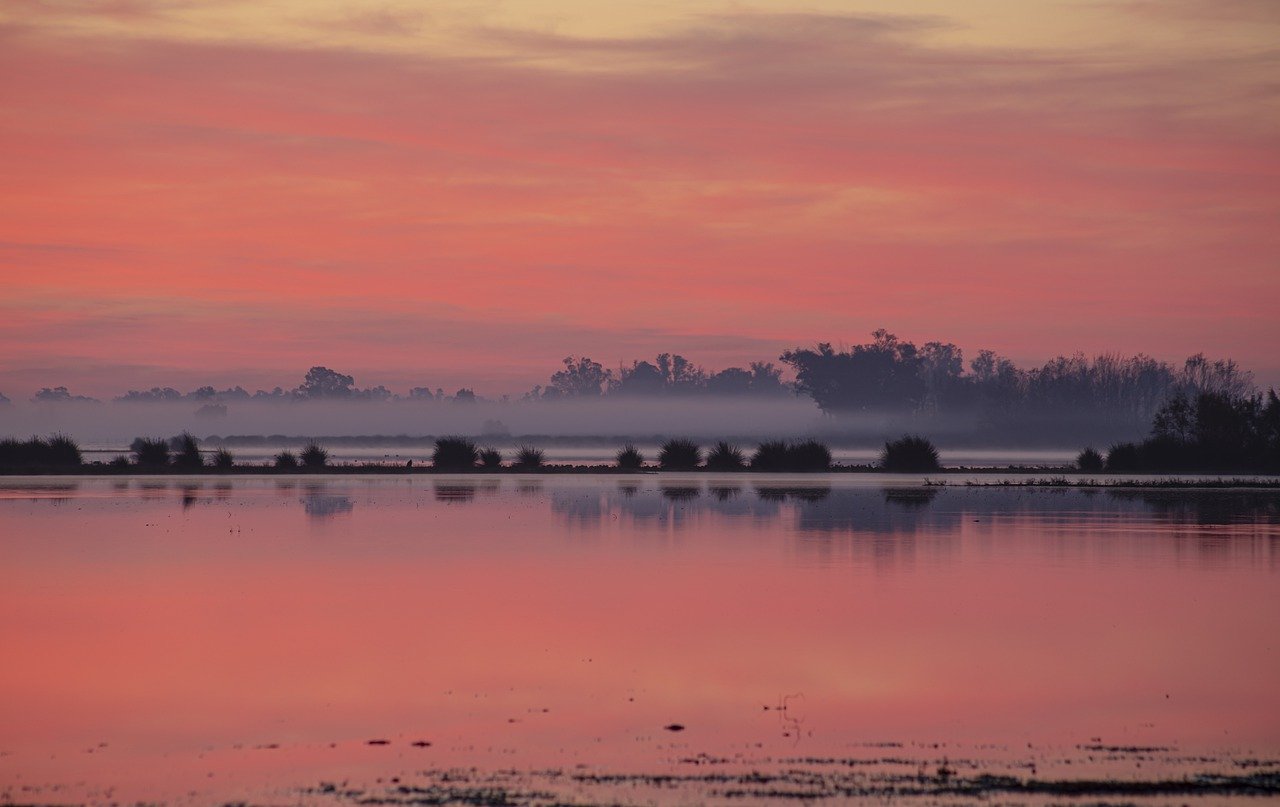
Biodiversity and ecosystems
Nestled in the heart of Andalusia, the Doñana National Park is a treasure trove of biodiversity, boasting a rich array of flora and fauna that is unparalleled in Europe. This vast expanse of wilderness, spanning over 540 square kilometers, is a living testament to nature’s grandeur and diversity.
The park’s marshes are its most iconic ecosystem, covering roughly a third of its area. These wetlands are a haven for migratory birds, making Doñana one of the most important birdwatching destinations in Europe. Every year, nearly half a million birds from over 300 species, including the endangered Spanish imperial eagle and the marbled teal, find refuge here. The marshes also support a thriving population of fish, amphibians, and invertebrates, making them a bustling hub of life.
Adjacent to the marshes, the shifting dunes of Doñana paint a mesmerizing landscape. These mobile dunes, driven by the Atlantic winds, move inland, swallowing everything in their path. However, this seemingly hostile environment is teeming with specialized flora that has adapted to the sandy conditions. Plants like the sea daffodil and the Andalusian juniper not only survive but thrive here, stabilizing the dunes and providing habitats for various fauna.
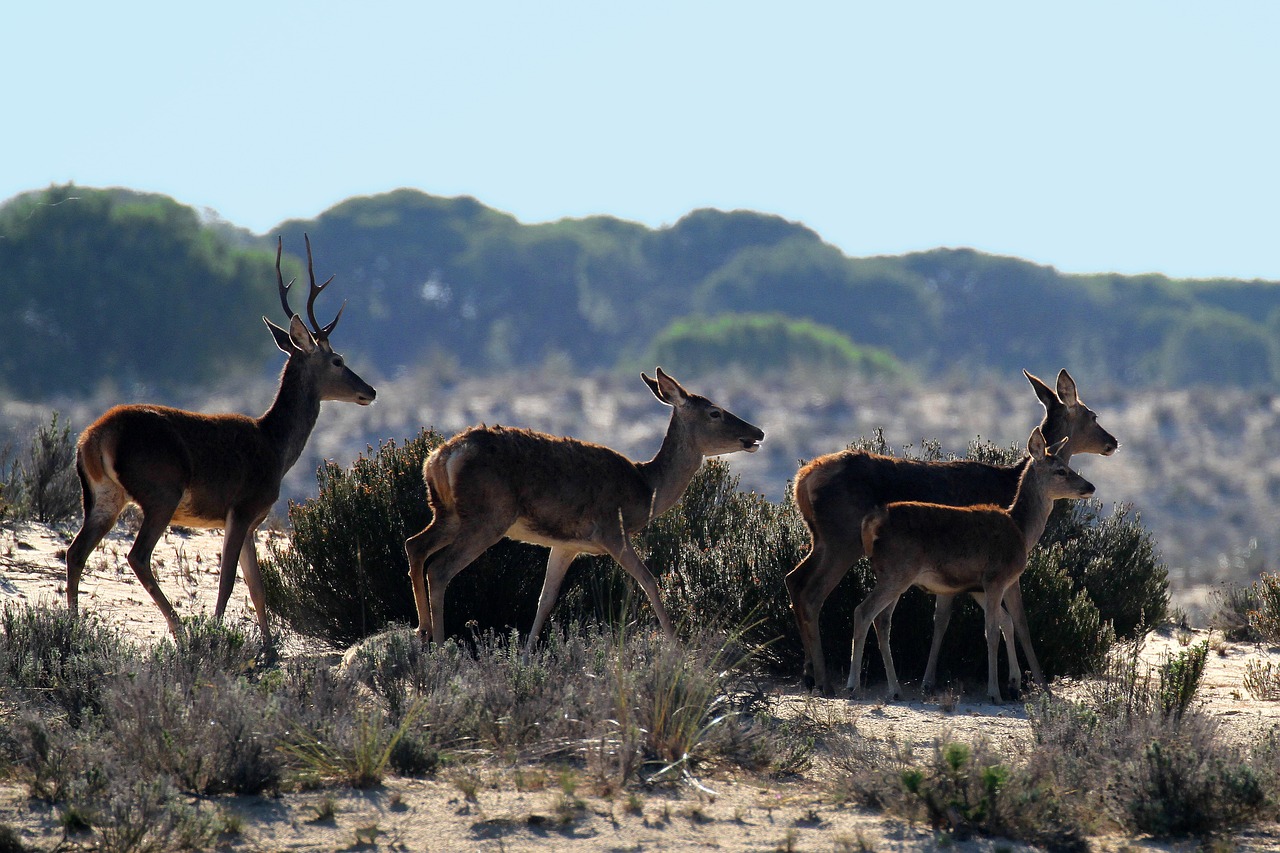
The forests of Doñana, primarily composed of stone pines and cork oaks, are a sanctuary for mammals. The elusive Iberian lynx, one of the world’s most endangered felines, prowls these woods, while red deer and wild boars roam freely. The undergrowth is a riot of color, with a plethora of shrubs, herbs, and flowers, each playing a crucial role in this intricate web of life.
But it’s not just the large mammals and birds that make Doñana special. The park is home to countless insects, reptiles, and small mammals, each contributing to its rich tapestry of life. From the tiny sandgrouse to the majestic golden eagle, every creature here tells a story of survival, adaptation, and evolution.
In essence, Doñana is more than just a park; it’s a living, breathing entity, a microcosm of our planet’s incredible biodiversity. Its ecosystems, each distinct yet interconnected, showcase nature’s ability to adapt, evolve, and flourish against all odds. For those fortunate enough to visit, Doñana offers a glimpse into the raw beauty and complexity of the natural world.
Ecological importance
The Doñana National Park, beyond its breathtaking beauty, plays a pivotal role in the ecological balance of the European continent. Its significance is not just limited to Spain or Andalusia but extends to a global scale, especially when considering its role in avian migration and conservation efforts.
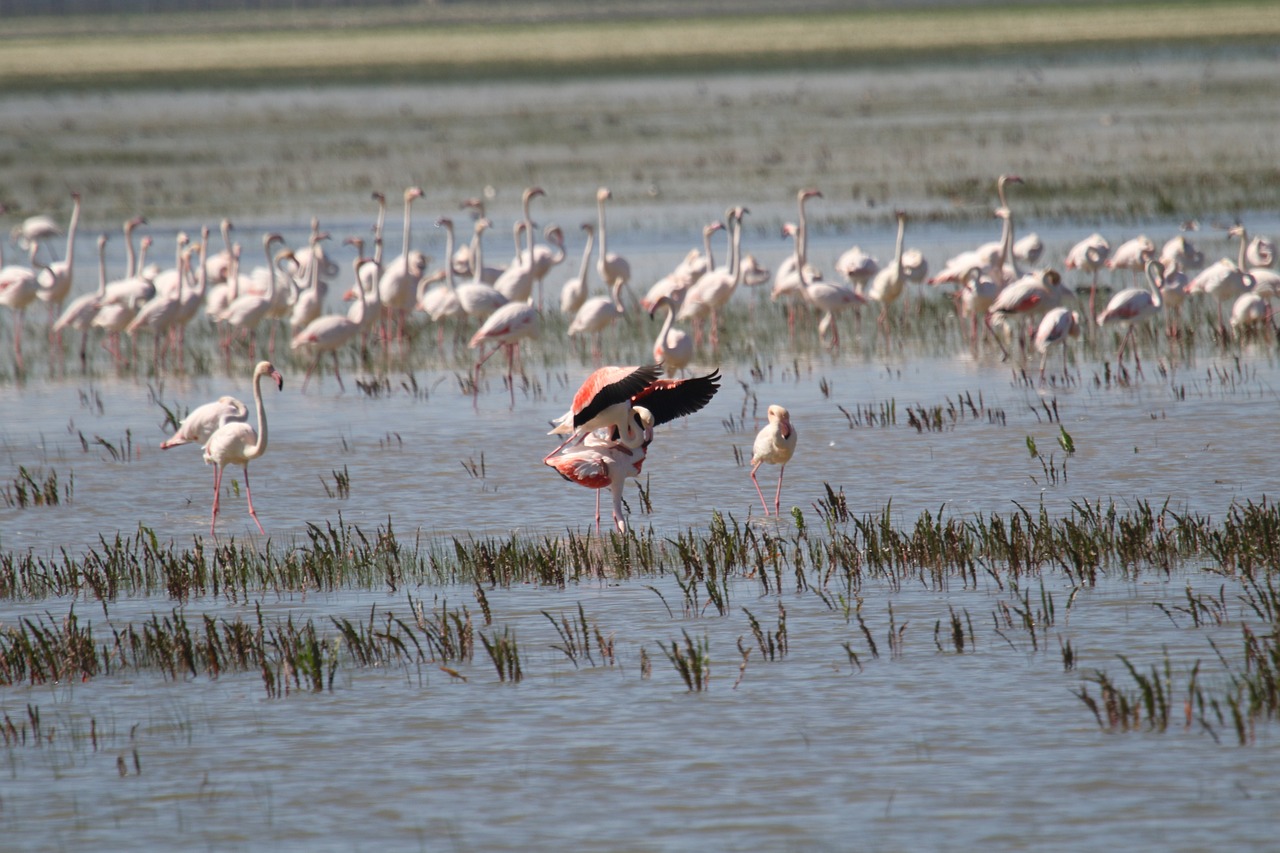
Bird migration: Doñana stands as a crucial stopover for birds migrating between Europe and Africa. Strategically positioned at the confluence of two continents, it offers a respite to countless avian species during their arduous journeys. Every year, the park witnesses a spectacle as nearly half a million birds from over 300 species descend upon its marshes, forests, and dunes. From flamingos to storks, from herons to eagles, Doñana’s skies come alive with a myriad of colors and songs. This makes the park not just an ornithologist’s dream but also a vital link in the chain of bird migration. Without Doñana, many of these species would face significantly increased challenges during their seasonal movements.
Conservation of endangered species: Beyond its role in bird migration, Doñana is a bastion of hope for several endangered species. The park’s most iconic resident, the Iberian lynx, was on the brink of extinction a few decades ago. However, concerted conservation efforts within Doñana have led to a steady increase in their numbers. Today, the park is one of the last strongholds for this elusive feline, offering it a habitat free from human encroachments. Similarly, the Spanish imperial eagle, another symbol of Doñana, has found refuge within the park’s boundaries. The conservation initiatives in Doñana, supported by organizations like the WWF (World Wildlife Fund), have ensured that these species, and many others, continue to thrive and enrich our planet’s biodiversity.
In conclusion, the ecological importance of Doñana National Park cannot be overstated. It’s not just a scenic spot for tourists or a haven for nature enthusiasts; it’s a lifeline for countless species and an embodiment of nature’s resilience. As we move forward in an age marked by environmental challenges, Doñana stands as a testament to what dedicated conservation efforts can achieve.
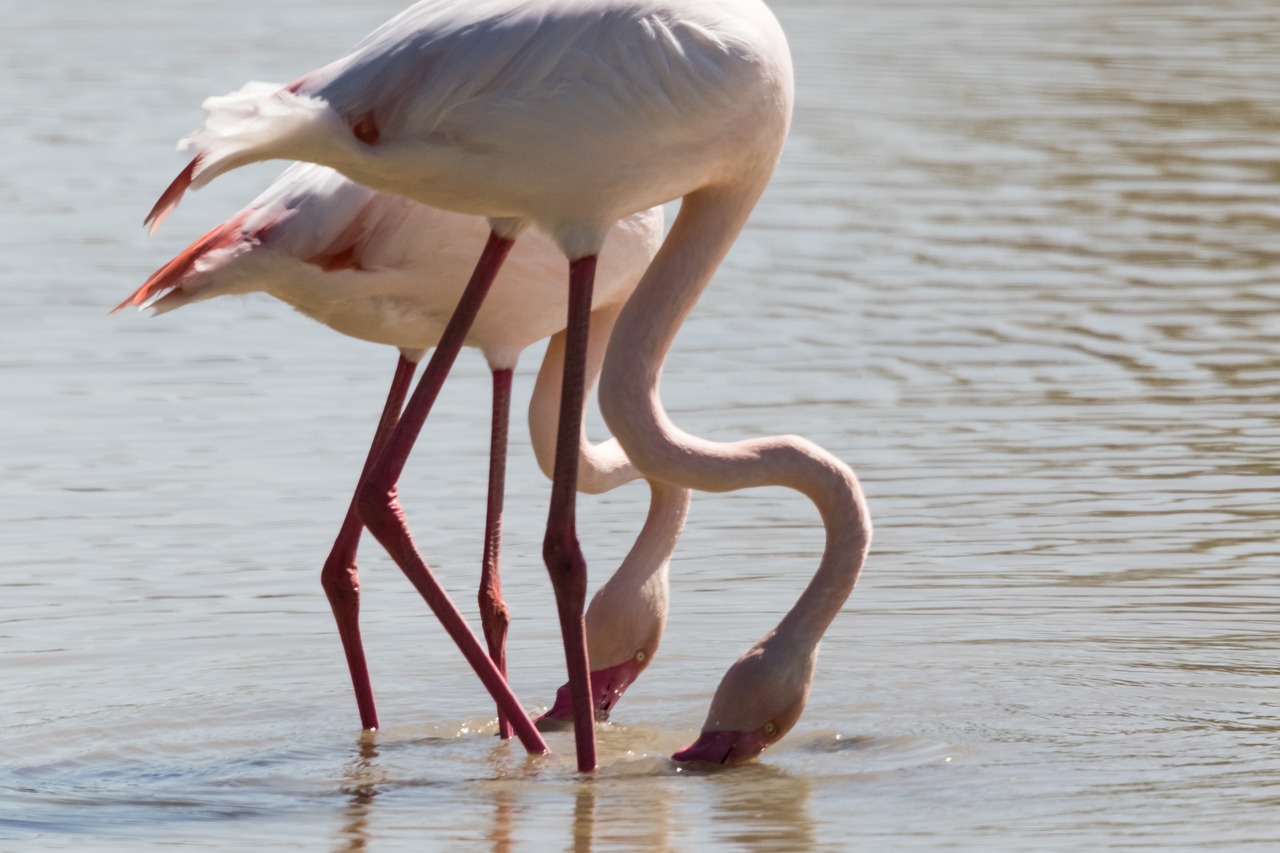
Culture and traditions
The Doñana National Park, while renowned for its ecological significance, is also deeply intertwined with the cultural fabric of Andalusia. The symbiotic relationship between the park and the local communities has shaped traditions, festivities, and the very ethos of the region.
Relationship with local communities: For centuries, the communities surrounding Doñana have relied on the park’s resources for their livelihoods. The marshes have been a source of sustenance for fishermen, while the forests have provided game for hunters and wood for craftsmen. This deep-rooted connection has fostered a sense of stewardship among the locals. They view themselves as the park’s guardians, ensuring that their activities align with conservation efforts. This mutual respect between man and nature is a testament to the sustainable coexistence that’s possible when communities recognize the value of their natural surroundings.
Traditional festivities and events: The cultural tapestry of the region surrounding Doñana is rich and vibrant, with the park often playing a central role in local festivities. One of the most iconic events is the Romería del Rocío, a pilgrimage that culminates in the village of El Rocío, located on the park’s periphery. Every spring, thousands of devotees, adorned in traditional Andalusian attire, make their way through Doñana’s trails, singing and dancing in honor of the Virgin of El Rocío. This pilgrimage, with its deep religious and cultural roots, showcases the harmonious blend of faith, nature, and tradition.
Another significant event is the Feria de Doñana, a celebration of the park’s biodiversity. Locals and tourists alike gather for exhibitions, workshops, and guided tours, all aimed at promoting the unique flora and fauna of Doñana. Traditional music, dance, and cuisine further elevate the festive atmosphere, making it a must-visit for anyone keen on experiencing Andalusian culture in its purest form.
In essence, Doñana is not just a national park; it’s a cultural epicenter that has shaped and been shaped by the people of Andalusia. The traditions and festivities rooted in its landscapes serve as a reminder that nature and culture, when in harmony, can create experiences that are both enriching and enduring.
Threats and conservation
Doñana National Park, a jewel in the crown of Andalusia’s natural heritage, is a sanctuary for countless species and a testament to the region’s ecological richness. However, like many protected areas worldwide, Doñana faces a myriad of challenges that threaten its delicate balance.
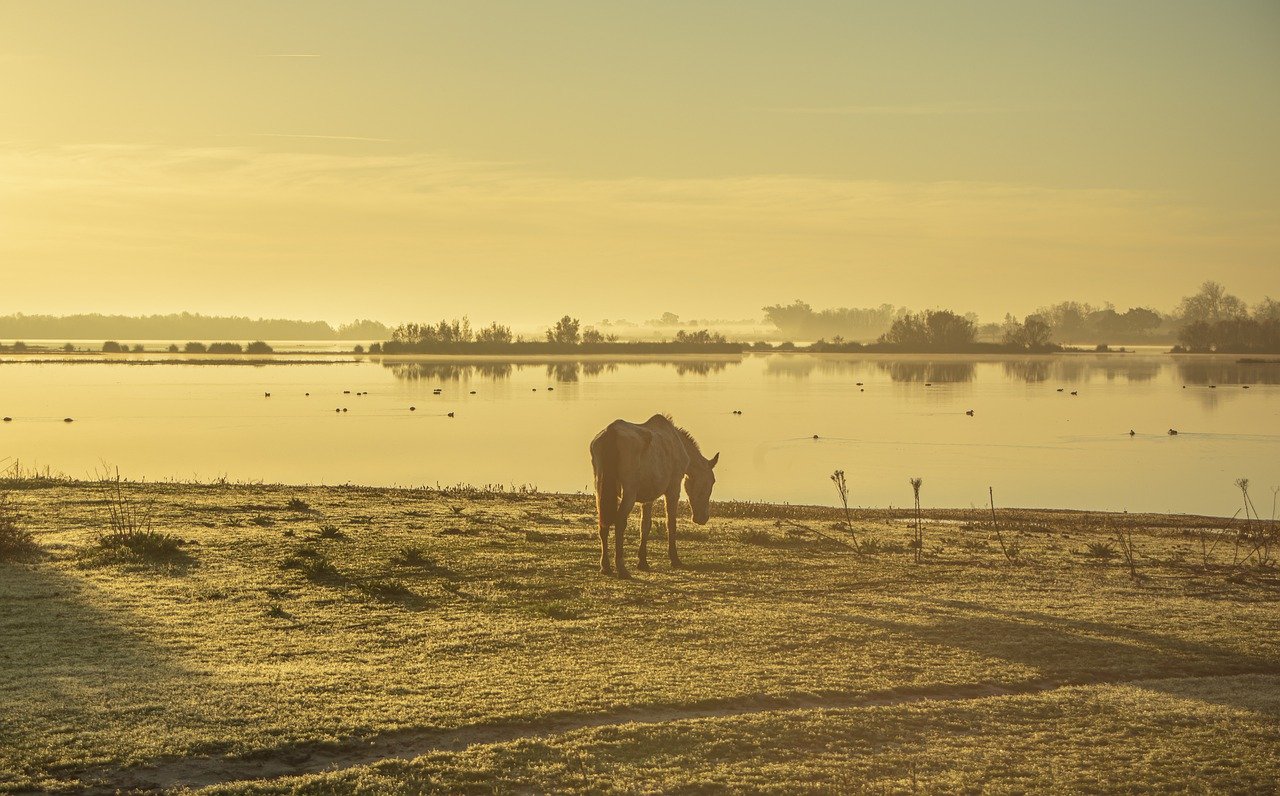
Current challenges for conservation:
- Agricultural pressure: The demand for agricultural land has led to the draining of parts of the marshes for crop cultivation. This not only reduces the habitat for many species but also affects the park’s hydrological balance.
- Over-extraction of groundwater: The surrounding areas have seen a surge in the number of wells, leading to a significant drop in groundwater levels. This poses a direct threat to the wetlands, which rely on these water sources, especially during dry seasons.
- Urbanization and infrastructure: The construction of roads and other infrastructure, along with the encroachment of urban areas, fragments habitats and disrupts the migratory paths of many species.
- Pollution: Industrial activities in the vicinity have occasionally led to chemical spills, endangering both aquatic and terrestrial life within the park.
Efforts and measures to protect and preserve Doñana:
- Regulation of agricultural activities: Authorities have been working closely with farmers to promote sustainable agricultural practices. This includes the rotation of crops and the use of organic methods to reduce the impact on the park’s ecosystems.
- Water management initiatives: Efforts are underway to regulate the extraction of groundwater. This involves both the closing of illegal wells and the promotion of water-saving techniques in surrounding communities.
- Habitat restoration: Several projects have been initiated to restore parts of the park that have been degraded. This includes re-flooding areas that were previously drained and replanting native vegetation.
- Monitoring and research: Organizations like the Doñana Biological Station (linked to the Spanish National Research Council) play a pivotal role in studying the park’s ecosystems. Their research forms the basis for many conservation strategies and provides insights into the health of various habitats.
While the challenges are manifold, the commitment to preserving Doñana’s splendor remains unwavering. Through a combination of scientific research, community engagement, and regulatory measures, there’s hope that this Andalusian oasis will continue to thrive for generations to come.
Visiting Doñana
Nestled in the heart of Andalusia, Doñana National Park beckons with its unparalleled biodiversity and pristine landscapes. For those yearning to experience this natural wonder, here’s a comprehensive guide to ensure a memorable and responsible visit.
Practical information for visitors:
- How to get there: The park is accessible from major cities like Seville and Huelva. From Seville, one can take the A-49 motorway towards Huelva, then follow the A-483 to Almonte, and finally, the El Rocío deviation. Regular bus services also operate from Seville to El Rocío, a village on the park’s periphery.
- Best times to visit: Spring (April to June) is arguably the most enchanting period, with the marshes brimming with water and a plethora of bird species nesting or passing through during their migratory routes. However, autumn and winter also offer unique vistas, with fewer tourists and cooler temperatures.
Recommended activities:
-
- Bird watching: With over 300 bird species, Doñana is a birdwatcher’s paradise. Key spots include the Dehesa de Abajo reserve and the José Antonio Valverde visitor center.
- Guided tours: To truly appreciate Doñana’s splendor, consider joining a guided tour. These tours, often conducted in 4×4 vehicles, offer insights into the park’s diverse ecosystems and are led by knowledgeable guides.
- Hiking: Several trails, like the Sendero del Acebuche, allow visitors to explore the park’s varied landscapes at their own pace.
Recommendations for a respectful and sustainable visit:
- Stay on Marked Paths: To protect the park’s delicate habitats, always stick to designated paths and areas. Avoid venturing into restricted zones.
- Limit Waste: Carry a reusable water bottle and avoid using single-use plastics. Ensure you take all your trash with you or dispose of it in designated bins.
- Observe Quietly: When watching wildlife, especially birds, maintain a respectful distance and avoid making loud noises. This ensures minimal disturbance to the animals.
- Support Local Communities: Consider dining in local restaurants or purchasing handicrafts from nearby villages. This not only provides an authentic experience but also supports the local economy.
- Educate Yourself: Before visiting, take some time to learn about Doñana’s significance and the challenges it faces. This knowledge will enrich your visit and foster a deeper appreciation for the park.
A visit to Doñana National Park is more than just a visual treat; it’s an opportunity to connect with nature in its purest form. By following these guidelines, visitors can ensure that their experience is not only enriching but also leaves a positive impact on this Andalusian gem.
Conclusion
In the heart of Andalusia, Doñana National Park stands as a testament to nature’s grandeur and resilience. Its vast marshes, shifting dunes, and dense forests are not just a visual spectacle but a vital ecological haven in a rapidly changing world.
The importance of Doñana extends beyond its boundaries. As one of Europe’s most diverse and significant wetlands, it plays a crucial role in the migratory patterns of countless bird species. These avian travelers, some coming from as far as northern Europe and Africa, find in Doñana a sanctuary, a resting place, and a breeding ground. Their cyclical journey, synchronized with the rhythms of this land, is a marvel of nature that underscores the park’s global ecological significance.
But Doñana is not just about its rich biodiversity. It’s a tapestry woven with the threads of culture, history, and tradition. The local communities, with their age-old customs and festivities, have coexisted with this land for centuries. Their respect for the environment, their songs, and their stories are an intrinsic part of the park’s identity. This symbiotic relationship between man and nature in Doñana is a shining example of how humans can live in harmony with their surroundings, cherishing and preserving them for future generations.
Furthermore, Doñana’s recognition as a UNESCO World Heritage Site and a Biosphere Reserve is not just an acknowledgment of its ecological value but a nod to its cultural significance in the Andalusian and Spanish tapestry. It’s a place where the past meets the present, where every gust of wind carries tales of ancient civilizations, and where every sunset paints stories of hope for a sustainable future.
In a world grappling with environmental challenges, Doñana stands as a beacon of hope and a reminder. A reminder of the delicate balance of ecosystems, of the beauty that flourishes when we let nature run its course, and of the responsibility each one of us holds in preserving such treasures.
In essence, Doñana National Park is not just an Andalusian oasis; it’s a symbol. A symbol of Spain’s commitment to conservation, of Andalusia’s rich cultural tapestry, and of the timeless dance between nature and culture. As we reflect on its importance, let us also pledge to be its stewards, ensuring that its melodies, both ancient and new, continue to enchant souls for eons to come.
